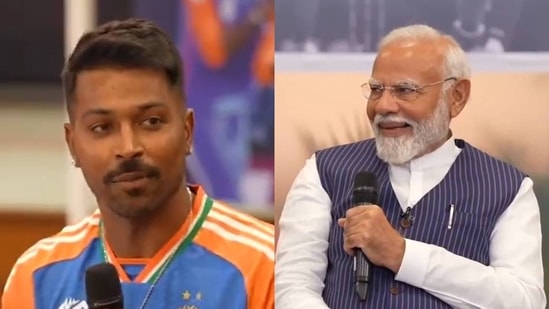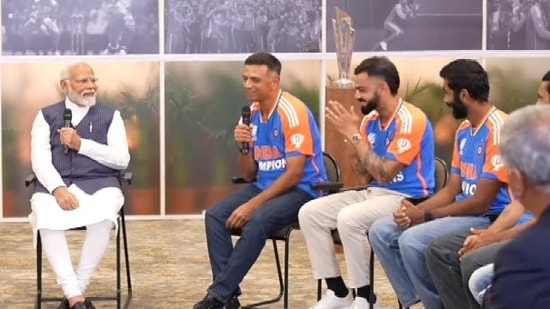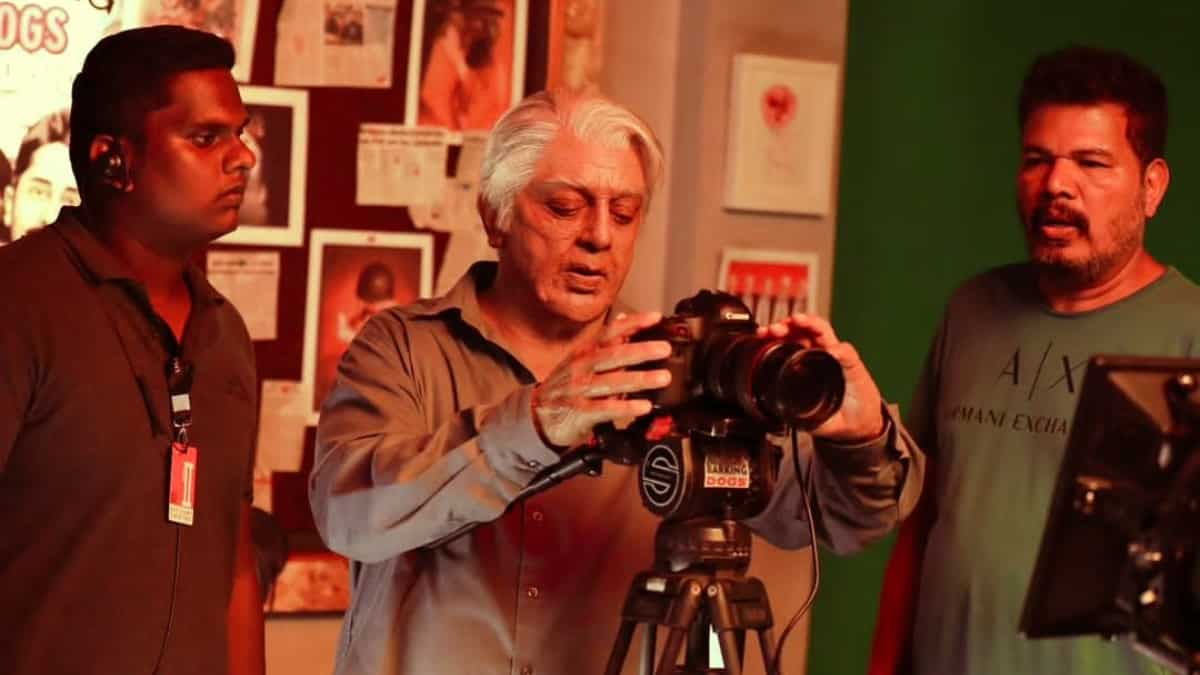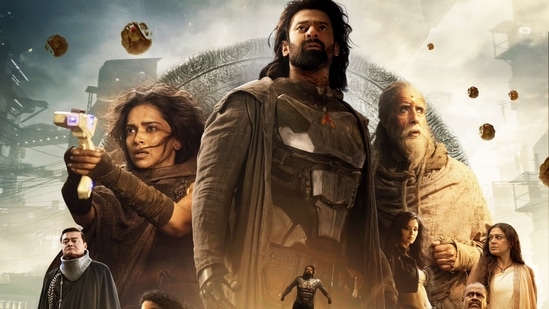
SRH and the blitzkrieg approach: What's stopping Rohit Sharma's India from following 'Orange Army's' all-out aggression?
2 months ago | 22 Views
An uncapped Indian, an Australian who hasn’t played a lot of T20 cricket recently and two South Africans constitute the top four of the most feared franchise in the Indian Premier League. Abhishek Sharma, Travis Head, Heinrich Klaasen and Aiden Markram have wreaked such damage that almost with exception, bowlers stutter to the bowling crease with trepidation, convinced that no matter what slithers out of their hands, the ball will disappear deep into the stands. For sheer intimidation value, there is no top-four to rival Sunrisers Hyderabad.
The 2016 champions boast three of the four biggest totals this IPL. Under a month back, they smashed the highest tally in the competition’s 17-year history, 277 for three against Mumbai Indians at home, before bettering it last week by hammering 287 for three at the M Chinnaswamy Stadium in Bengaluru. On Saturday, they threatened the first 300-plus score in the IPL – that total has been breached just once in all 20-over cricket – before a slew of wickets forced them to settle for only 266 for seven. Only? Wow! Teams sometimes struggle to post that total in 50-over cricket; in case anyone needs reminding, when India won the ODI World Cup for the first time in 1983, they posted 183. In a 60-overs-a-side contest.
SRH’s gameplan has revolved around fearlessness and a go-hard-at-the-bowling approach, no matter what. That has brought them a 20-over record 22 sixes in each of their last two innings. Against Delhi Capitals on Saturday, they finished the six-over Powerplay at an incredibly astonishing 125 without loss; Abhishek and Head realised 131 for the first wicket in 38 deliveries. Mind-boggling, you say? Doesn’t even start to do justice…
SRH’s hell-for-leather approach has been the talking point at the midway stage of the league phase of IPL 2024. If a franchise can unleash such carnage, why can’t international teams? If SRH can be this destructive, what stops the Indian team from following suit?
Nothing, really. And quite a bit too, to be honest, paradoxical as it might sound.
The beauty about franchise cricket is the coming together of players from different countries, with specific roles assigned to them. Hence, we have Abhishek opening with Head, Sunil Narine with Phil Salt for Kolkata Knight Riders, KL Rahul and Quinton de Kock at Gujarat Titans, Faf du Plessis and Virat Kohli at RCB, Prithvi Shaw and Jake Fraser-McGurk for DC… You get the drift, right? These are the men tasked with setting the tempo, with taking the fight to the bowlers, with setting up the platforms that the muscular middle-order boys can build on. International 20-over cricket doesn’t accord the same luxury. You can draw from the length and the breadth of the country, but you can’t traverse international borders.
Not that there isn’t a profusion of explosive talent within the Indian landscape. The logjam at the top of the tree – between Nos. 1 and 3 – involves national captain Rohit Sharma, Kohli, Yashasvi Jaiswal, Ishan Kishan, Sanju Samson, Suryakumar Yadav, Shubman Gill, Tilak Varma, Rahul, Ahbishek. There is no dearth of power-hitters thereafter either, with Shivam Dube, Rinku Singh, Rishabh Pant, the currently out-of-sorts Hardik Pandya, the extraordinarily ageless Dinesh Karthik and the fast-developing Punjab Kings duo of Shashank Singh and Ashutosh Sharma all in the mix. There is no reason why India can’t replicate the SRH formula, provided they are willing to embrace the occasional failure, which is an inevitable fallout of all-out aggression.
But there is one huge variable in the IPL that hasn’t yet permeated to the global level – the Impact Player. It might appear just one additional resource, but in the context of 20 overs, it is a massive bonus. The extra batting option, especially, is insurance against top-order collapses that can eventuate in the bid for supreme domination. Franchises have used the Impact Player rule with different degrees of understanding and therefore success. Rohit himself has professed to not being a big fan of this innovation because it precludes the development of Indian all-rounders, proving once again that what’s great for the IPL need not necessarily be good for the Indian national team.
One of the great requirements for tall-scoring runathons is a good playing surface. A majority of the pitches at the IPL have facilitated hitting through the line without being skeptical of how the ball will behave after pitching. Recent history indicates that might not be the case in the Caribbean, or indeed the US, who will together host the T20 World Cup in June. But hey, when have such mundane things been a deterrent to a Rohit or a SKY? Among others.

















